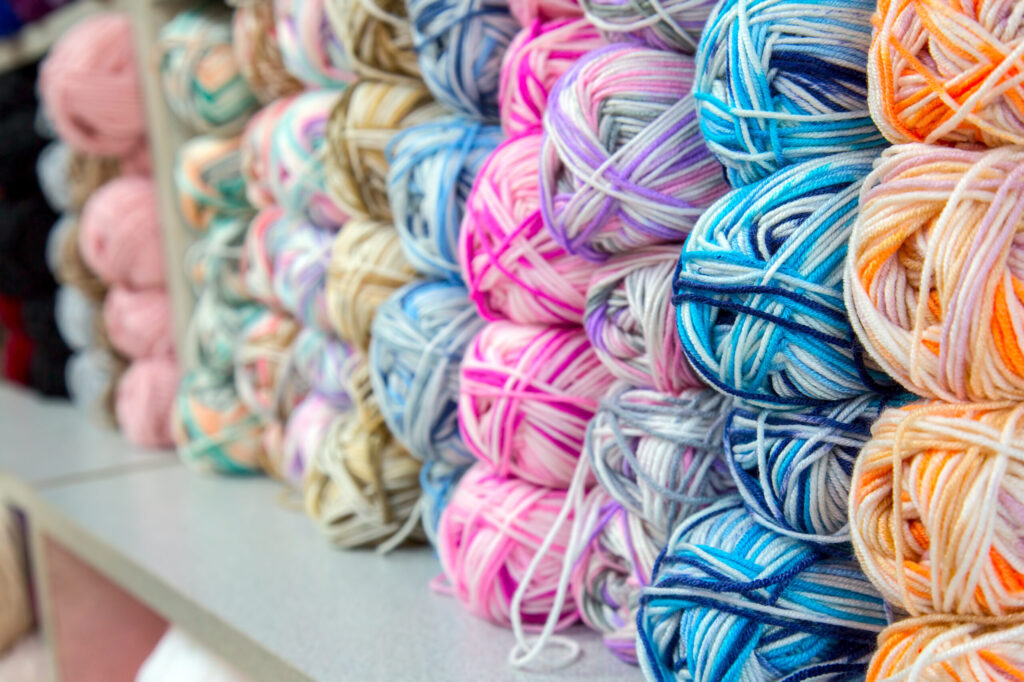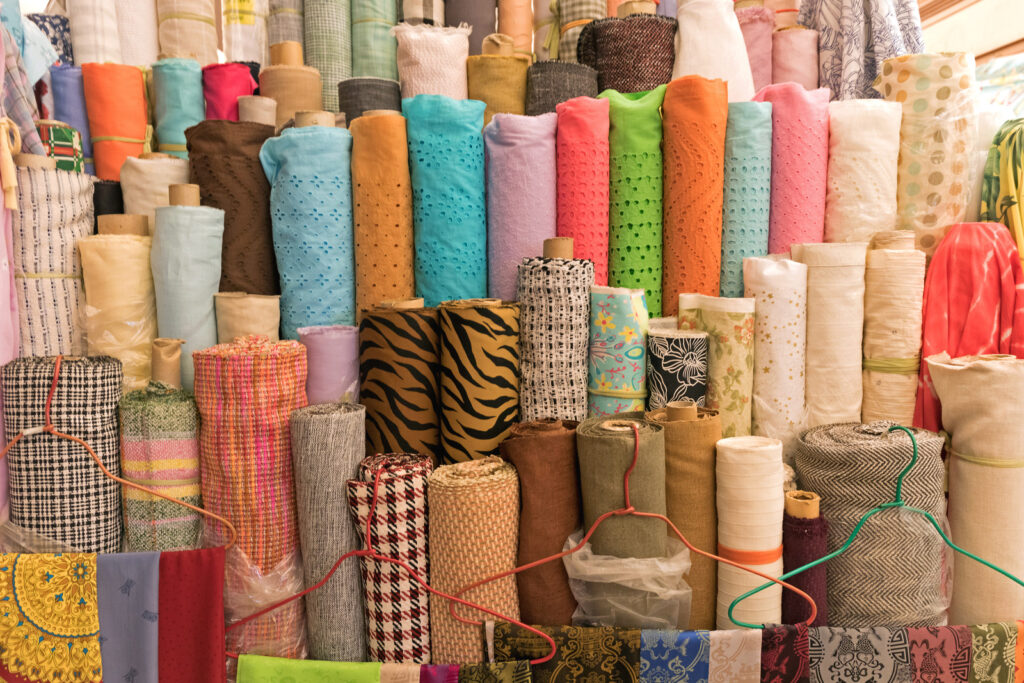Textile Finishing
Explore RawSource’s cutting-edge textile finishing solutions designed to transform fabrics into high-performance, durable, and sustainable materials.
Textile Finishing Solutions: Elevate Fabrics with RawSource Specialty Chemicals
Our specialty chemicals offer a wide range of finishing effects, from softness and wrinkle resistance to water repellency and flame retardancy. With RawSource’s expertise, enhance the quality and functionality of textiles for diverse applications.


Why choose Silicones for textiles printing inks?
- Excellent durability, wash resistance and heat resistance
- Environmentally friendly: no PVC, no phthalates, no tin
- High elongation, prevents spider cracking
- Excellent adhesion onto textiles including: polyester, cotton, nylon, and blends
- Low curing temperatures prevent dye migration
- Excellent hand feel & multiple printing effects
- User-friendly, very easy to process


Transitioning from PVC-Based Inks to Eco-Friendly Textile Coating Silicones
Textile producers have opted to reduce the utilization of PVC resins and phase out ink systems reliant on plasticizers, primarily due to environmental concerns and potential discomfort upon skin contact. Our Textile Coating Silicones prove to be highly suitable replacements for these materials, providing formulators with inks that not only offer aesthetic appeal but are also skin-friendly and environmentally conscious.


Enhancing Fabric Properties: Specialty Textile Finishes
RawSource’s specialty textile finishes are meticulously formulated to enhance fabric properties and meet the demands of various industries. Whether it’s imparting softness and comfort to clothing, ensuring water and stain resistance for outdoor textiles, or adding flame retardant capabilities to protective gear, our finishing solutions elevate fabrics to new heights of performance.
Specialty finishes for enhanced fabric properties
Softness, comfort, and wrinkle resistance for clothing
Water repellency and stain resistance for outdoor textiles
Performance and Durability: The RawSource Advantage
When it comes to textile finishing, RawSource’s specialty chemicals offer unrivaled performance and durability. Our finishes withstand multiple wash cycles, maintain their functionality, and retain the fabric’s original appearance. Trust RawSource’s high-quality textile finishing solutions to enhance fabric performance and durability for a wide range of industries.


Unrivaled performance and durability of textile finishes
Withstands multiple wash cycles without losing functionality
Retains fabric’s original appearance and quality
Contact RawSource today to explore our comprehensive range of textile finishing solutions and discover how our specialty chemicals can elevate your fabrics. Let our expertise in specialty finishes, sustainability, and customized solutions empower your textiles with enhanced performance, durability, and value across various applications.







